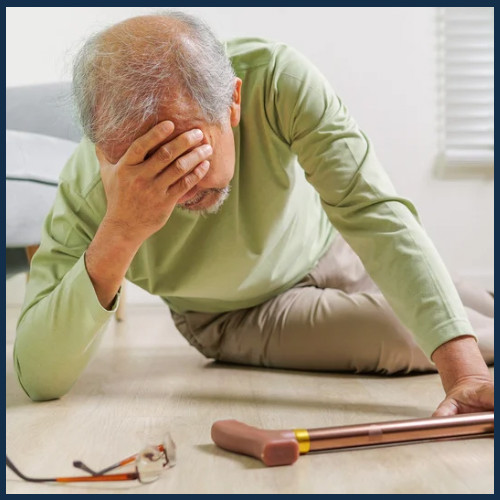
Every fall season, we start thinking about cozy sweaters, crisp leaves, and pumpkin spice everything. But for many caregivers, “fall” has another meaning - one that brings worry and fear. If the person you care for lives with dementia, you already know how easily a quick turn, a misstep, or a moment of distraction can lead to a fall.
As a physical therapist and dementia practitioner, I have seen this firsthand - and I want to assure you: most falls are not your fault. Dementia changes how the brain and body work together. That means falls often happen even when you have done everything right. Understanding why they happen is the first step toward helping the person you care for move more safely and confidently.
Understanding Why Falls Happen in Dementia
Falls are one of the most common and serious safety concerns in dementia care. According to the Centers for Disease Control and Prevention, older adults with cognitive impairment are up to twice as likely to fall as those without it. But this is not just about aging or muscle weakness. Dementia affects multiple systems that influence balance, movement, and awareness.
Let’s break it down:
- Brain and body communication changes
Dementia disrupts the brain’s ability to send and receive signals accurately. That means the person you care for may not process movement, balance, or danger cues in the same way. Turning too quickly, standing without stabilizing, or forgetting to use a walker can all happen because their internal “check system” is not working as it once did. - Changes in vision and perception
Many people with dementia experience depth perception and contrast changes. Shiny floors can look wet. A dark rug can look like a hole. Patterns or clutter may confuse the eyes, leading to hesitancy or missteps. Good lighting and clear visual contrast can make a big difference here. - Medication side effects
Medications that help with mood, sleep, or blood pressure can also cause dizziness or drowsiness. When several drugs interact, the risk increases even more. Always ask your pharmacist or doctor to review medications for potential fall-related side effects. - Muscle weakness and slowed reflexes
As dementia progresses, activity often decreases. Less movement means less strength and coordination. The body’s “righting reactions” - those automatic balance corrections - become slower. Even a minor trip can lead to a full fall. - Environment and footwear
Loose rugs, poor lighting, uneven thresholds, and clutter all add risk. Shoes matter, too. Soft slippers without structure or shoes that are too loose can make falls more likely. Supportive shoes with firm soles and a secure heel strap can help stabilize each step.
Caregiver Reminder
You cannot control every step the person you care for takes - but you can make their world a little safer each day. That is what skilled, sustainable care looks like.
What You Can Do: Practical Fall Prevention Tips
You cannot remove every risk, but you can reduce them meaningfully. Here are practical ways to make a difference today.
- Focus on lighting and visibility
- Use warm, consistent lighting throughout the home.
- Add night lights in hallways, bathrooms, and bedrooms.
- Motion-sensor lights are a simple way to help the person you care for navigate safely at night - they turn on automatically, even when your person forgets Buy on amazon
- Simplify the space
- Remove throw rugs or secure them with non-slip backing.
- Keep pathways wide and clutter-free.
- Highlight edges or step changes with bright tape for better contrast.
- Keep frequently used items (remote, glasses, walker) in predictable spots.
- Encourage safe movement, not restriction
It is tempting to limit movement after a fall or near-miss, but that can backfire. Regular, safe movement helps maintain strength, balance, and confidence. Try gentle seated exercises, short supported walks, or guided stretching. As a physical therapist, I often remind families: movement is medicine - but it has to feel safe to be effective. - Strengthen together
Join the person you care for for light daily exercise, like marching in place or standing heel raises while holding a counter. Even five minutes a day builds stability and shared connection. - Check footwear and assistive devices
- Make sure shoes fit securely, with firm soles and no floppy backs.
- Replace worn tread.
- If the person you care for uses a walker or cane, ensure it is properly fitted by a physical therapist.
- Try supportive shoes designed for stability Men’s Buy on Amazon Women’s Buy on Amazon
- Review medications and vision annually
A simple medication or eye exam can reveal risks you cannot see. Ask providers about dizziness, blurred vision, or balance side effects. - Create daily routines that reduce rushing
Falls often happen when the person you care for feels hurried or disoriented. Keep routines predictable: same morning path to the bathroom, same mealtime seating, same lighting cues. Familiarity builds safety.
What to Watch For: Subtle Warning Signs
You might notice the person you care for:
- Reaches for walls or furniture more often.
- Walks slower, wider, or hesitates before stepping.
- Avoids certain areas or times of day (often due to poor lighting).
- Seems more tired, dizzy, or unsteady after medication changes.
Each of these can be an early sign of a growing fall risk. Take notes and share them with their healthcare provider. The sooner you address small changes, the better the outcomes.
How to Respond After a Fall
Even with all your precautions, falls can still happen.
Here is what to do:
- Stay calm. Approach slowly, reassure your person, and assess for pain or visible injury.
- Do not rush to lift them. If you are unsure whether it is safe to help them up, call for medical or EMS assistance.
- Check for cause. Look around for clues - poor lighting, new shoes, slippery socks, or a misplaced object.
- Document what happened. This helps doctors and therapists identify patterns.
If falls repeat or you are not sure why they are happening, ask for a fall risk assessment by a physical therapist. In my PT evaluations, I often find small changes in gait, environment, or routine that make a big difference in safety.
How I Can Help
If you would like personalized help spotting fall risks in your home, learn more about my Virtual Home Safety Tour. It is a one-on-one walkthrough where we look together at simple, practical ways to make your space safer and more dementia-friendly.
Coming Next Week
Next week in the “Don’t Fall This Fall” series: Fall Prevention for Dementia: A Room-by-Room Home Safety Guide for Caregivers
Notes
- Centers for Disease Control and Prevention. Falls and Older Adults. https://www.cdc.gov/falls/index.html
- National Institute on Aging. Preventing Falls at Home. https://www.nia.nih.gov/health/falls-and-falls-prevention/preventing-falls-home-room-room
- Mayo Clinic Staff. Fall prevention: Simple tips to prevent falls. https://www.mayoclinic.org/healthy-lifestyle/healthy-aging/in-depth/fall-prevention/art-20047358
- American Geriatrics Society, Health in Aging Foundation. Falls prevention tips for older adults. https://www.healthinaging.org/tools-and-tips/tip-sheet-preventing-falls#:~:text=Exercise%20to%20prevent%20falls,have%20any%20dizziness%20or%20vertigo.
Affiliate Disclosure
A Better Way - Dementia Care Solutions, LLC participates in the Amazon Associates Program, which means we earn a small commission when you buy through links on our site, at no extra cost to you. We only recommend products that we believe can help caregivers on their journey.
Disclaimer
The information provided in this blog is for educational purposes only and should not be considered medical advice. Always consult with a doctor or a licensed physical therapist before starting any new exercise routine, using assistive devices, or following the recommendations mentioned. Every individual’s needs are different, and professional guidance is essential to ensure safety and appropriateness of care
Want to keep figuring this out together?
Subscribe to Finding Our Way in Dementia Care and get honest stories, helpful tips, and gentle support delivered to your inbox every week. Just real talk, grounded care, and space to breathe.
Subscribe to Finding Our Way in Dementia Care and get honest stories, helpful tips, and gentle support delivered to your inbox every week. Just real talk, grounded care, and space to breathe.
Kind truth. Clear steps. Warm guide.

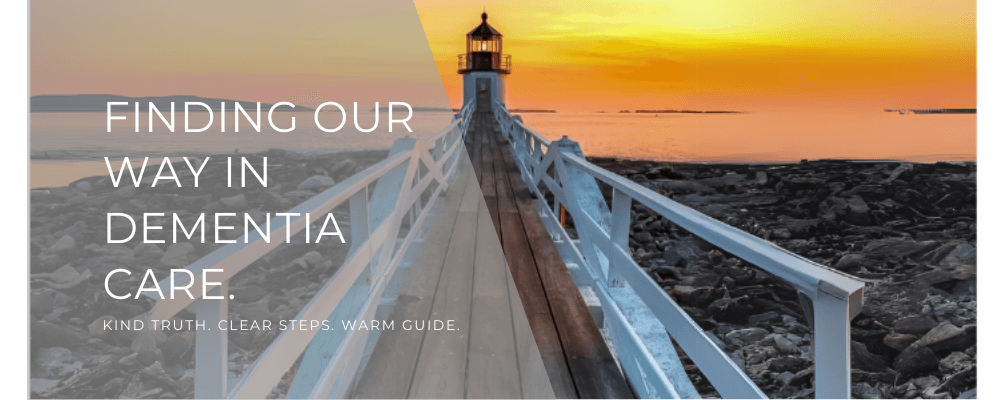
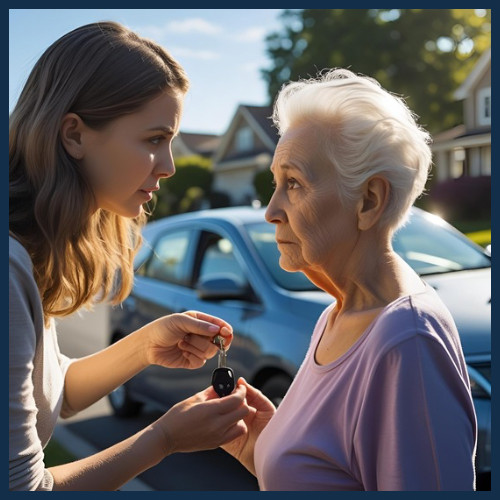
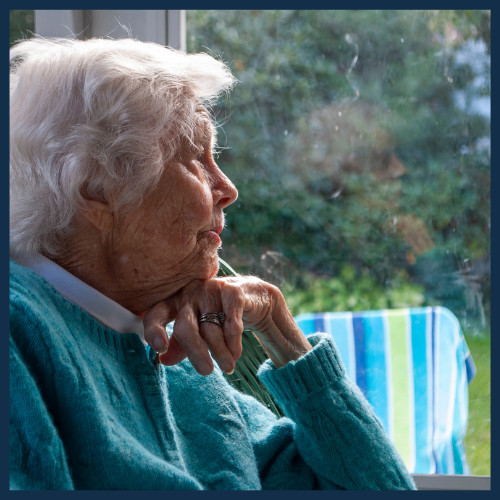
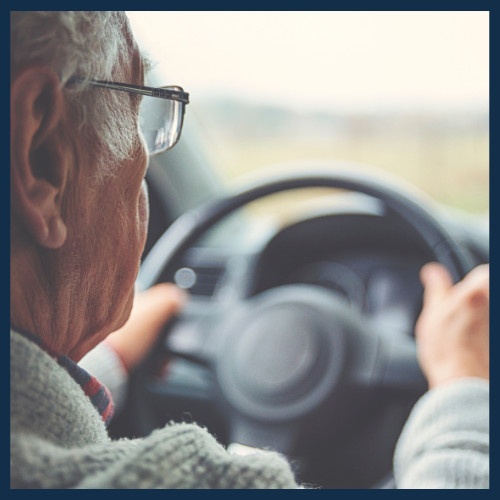
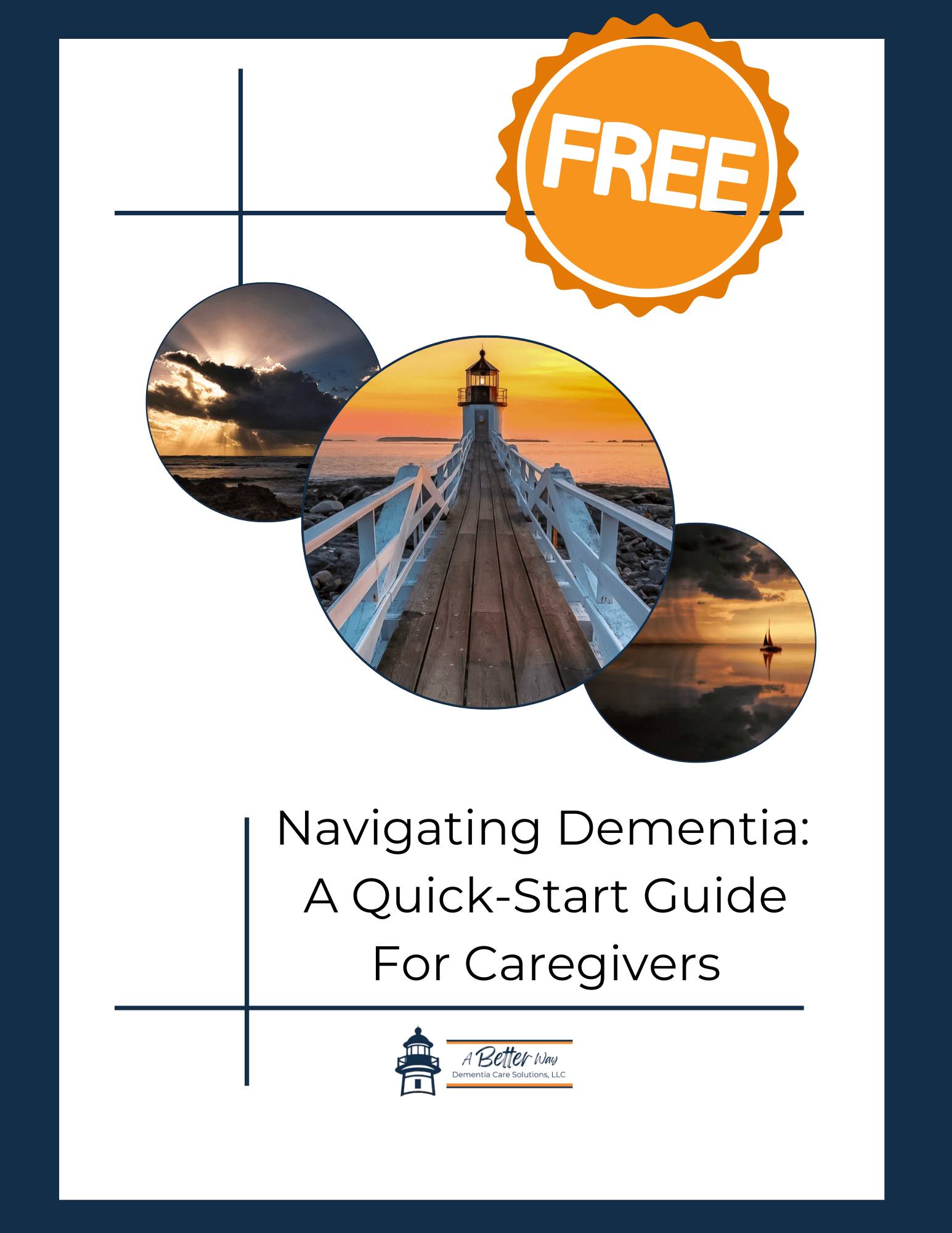

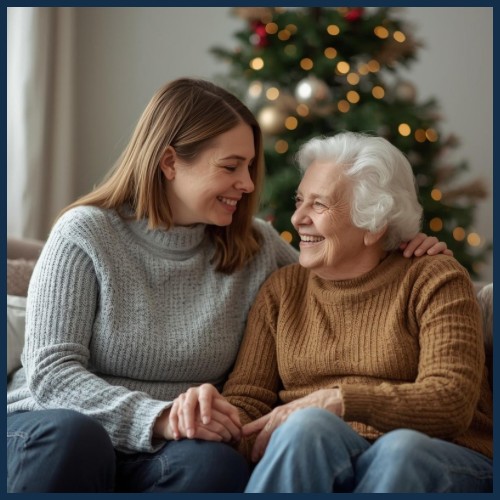


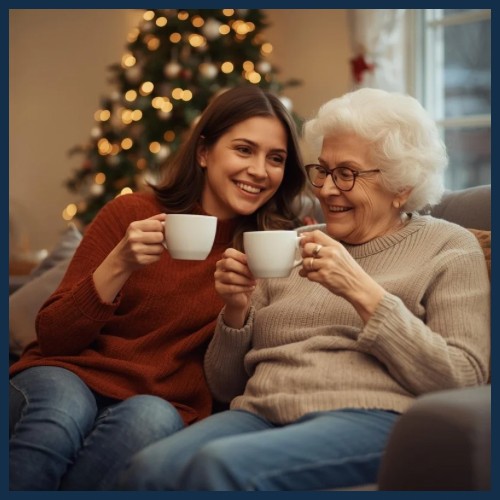

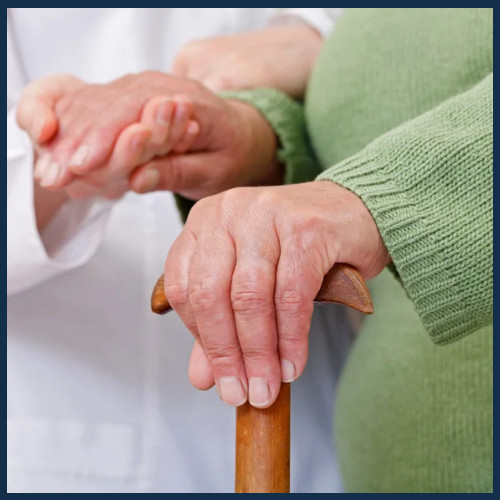
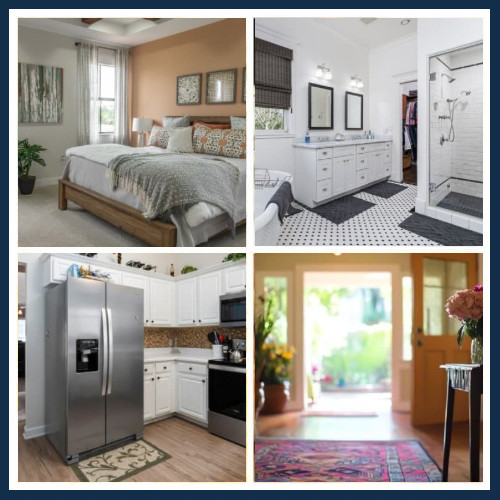
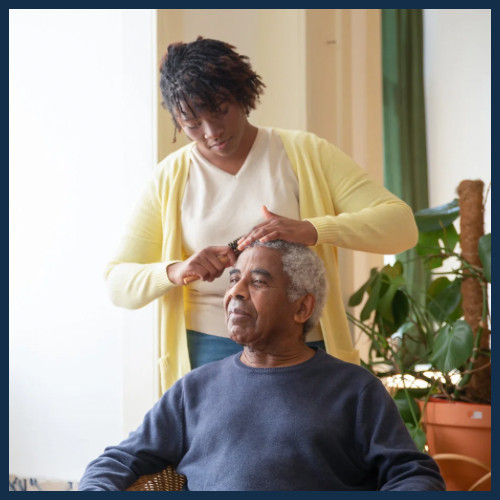

0 Comments